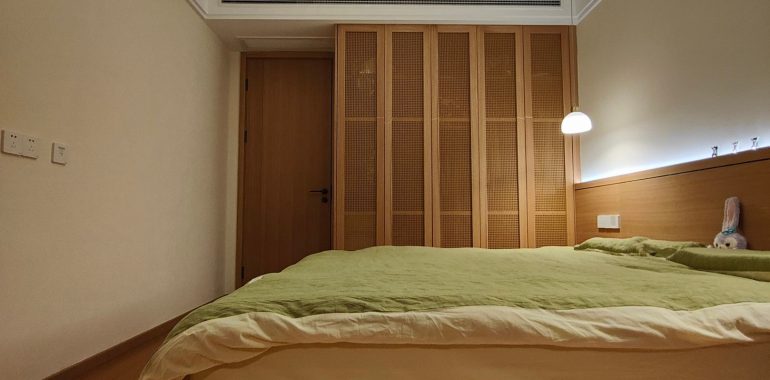Shedding Light on Modern Ceiling Designs: The Evolution and Impact of Contemporary Lighting Technology

Shedding Light on Modern Ceiling Designs: The Evolution and Impact of Contemporary Lighting Technology
The Evolution of Ceiling Lighting: From Incandescent to LED
Ceiling lighting has come a long way since the early days of the incandescent light bulb. While traditional light fixtures relied on a filament that heated up to produce light, modern ceiling lights leverage the power of LED (light-emitting diode) technology. Unlike traditional bulbs, LED lights produce light when electrical current flows through a semiconductor.
This shift in technology has brought numerous benefits to ceiling lighting design. LEDs tend to last much longer than traditional bulbs, drastically reducing replacement and maintenance costs. Additionally, LED bulbs are typically more energy-efficient than incandescent bulbs, which can help cut down on energy bills and reduce a building’s carbon footprint.
The Impact of Modern Ceiling Lighting on Interior Design
One of the biggest impacts of modern ceiling lighting technology has been its effect on interior design. With a greater range of lighting options available, designers can now experiment with different forms of illumination to create spaces that are more comfortable, attractive, and functional.
For example, directional LED lights are a popular choice for highlighting artwork or specific features in a room. Meanwhile, strip lighting can subtly illuminate wall or ceiling surfaces to create a subtle, ambient glow. And for spaces that need to function as both work and play areas, adjustable ceiling lights can seamlessly transition between warm and cool lighting tones.
Case Study: The Role of Modern Ceiling Lights in Contemporary Architecture
To get a better sense of how modern ceiling lights are shaping contemporary architecture, we can look to some specific case studies.
One notable example is the Oslo Opera House in Norway, which features a dramatic, undulating ceiling made up of illuminated panels. Each panel is lit using LED lights, with color-changing capabilities that add to the building’s theatrical effect.
Another example is the Academy of Sciences building in San Francisco, which makes extensive use of natural light thanks to a roof comprised of dozens of skylights. During the night, LED lights help recreate the feeling of natural sunlight, providing a seamless transition from day to night.
The Future of Ceiling Lighting: What’s Next?
As LED technology continues to advance, there’s no telling what the future of ceiling lighting will hold. Some experts predict that we will see an increasing emphasis on smart lighting systems, which can be controlled using smartphones or other devices. Additionally, we may see more ambitious uses of lighting as an artistic and design element – perhaps even incorporating interactive, multimedia experiences into ceiling fixtures.
What is certain, however, is that modern ceiling lighting has opened up a world of possibilities for interior designers and architects alike. With new technology enabling greater adaptability and energy efficiency, and innovative design pushing the boundaries of what we consider possible, the sky truly is the limit when it comes to modern ceiling lighting.

